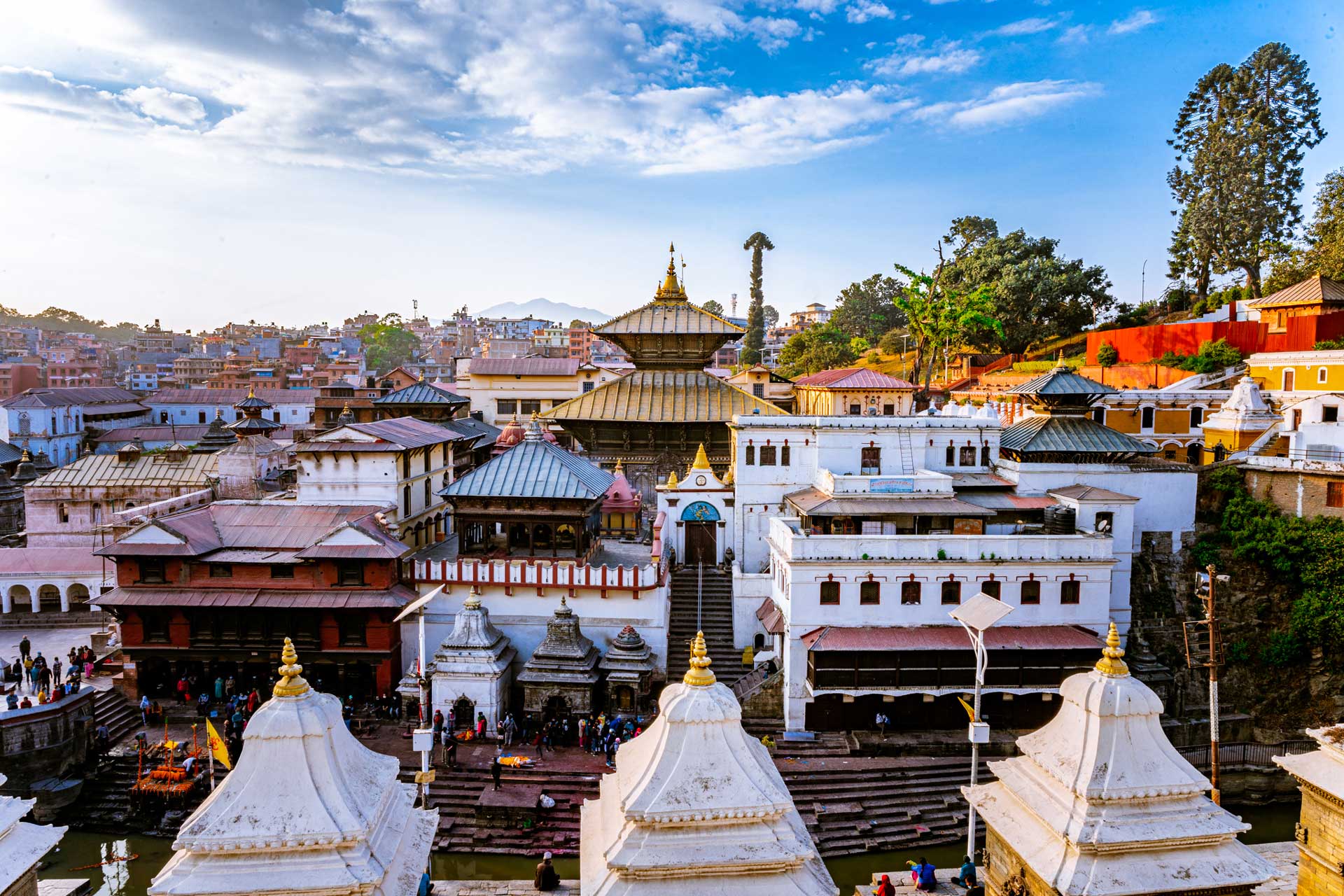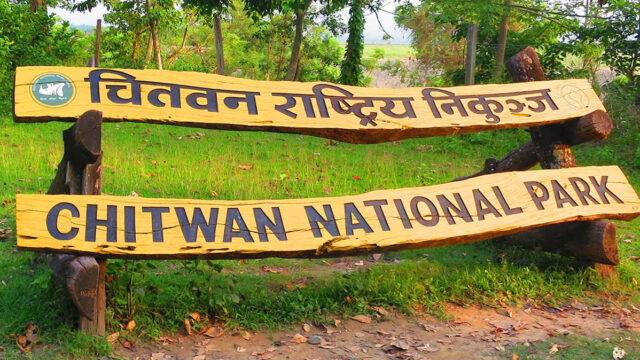The Pashupatinath Temple, a UNESCO World Heritage Site and one of the most revered Hindu shrines globally is set to play a pivotal role in revitalizing Nepal’s tourism industry. With concerted efforts from the Nepal Tourism Board and the Pashupatinath Area Development Trust (PADT), the initiative aims to attract millions of pilgrims and tourists, highlighting the temple’s spiritual, cultural, and historical significance.
A Sacred Landmark:
Situated on the banks of the Bagmati River, Pashupatinath Temple is dedicated to Lord Shiva and draws devotees from around the world, particularly during the Maha Shivaratri festival, which sees a massive influx of pilgrims. The temple complex, known for its intricate architecture and sacred atmosphere, encompasses numerous smaller temples, ashrams, and ghats, making it a profound center of spiritual activity.
Tourism Promotion Initiatives:
In a press conference held at the Nepal Tourism Board in Kathmandu, Ramesh Kumar Rai, President of the Nepal Tourism Promotion Centre, outlined comprehensive plans to enhance the visitor experience at Pashupatinath. Key initiatives include:
- Infrastructure Development: Significant improvements to the temple’s infrastructure are planned, including upgraded pathways, improved sanitation facilities, and better signage to guide visitors through the expansive complex. Efforts are also underway to enhance the temple’s accessibility for differently-abled visitors.
- Cultural Programs: To enrich the tourist experience, regular cultural programs showcasing traditional Nepali music, dance, and rituals will be organized. These events aim to provide tourists with an immersive cultural experience, emphasizing the rich heritage of the Pashupatinath area.
- Tourist Information Centers: New information centers will be established to offer detailed insights into the temple’s history, architecture, and religious significance. Multilingual guides and informational brochures will be available to cater to international tourists.
- Safety and Cleanliness: PADT has pledged to maintain high standards of cleanliness and safety within the temple complex. Regular maintenance and effective waste management systems will be implemented to ensure a pleasant experience for all visitors.
Economic Impact:
The revitalization of Pashupatinath as a key tourist destination is expected to bring substantial economic benefits to the local community. Increased tourist footfall will boost local businesses, including hotels, restaurants, and souvenir shops, thereby creating employment opportunities and stimulating economic growth.
Environmental and Cultural Preservation:
Former Minister for Culture, Tourism, and Civil Aviation, Sudan Kirati, emphasized the importance of balancing tourism growth with the preservation of Pashupatinath’s cultural and natural environment. Efforts will be made to protect the sacred Bagmati River and the surrounding greenery, ensuring that the spiritual sanctity of the temple is maintained.
Global Promotion:
Nilhari Bastola, President of the Trekking Agencies Association of Nepal (TAAN), highlighted the global promotional campaign for Pashupatinath. Collaborations with international travel agencies and participation in global tourism fairs aim to position Pashupatinath as a must-visit destination for spiritual tourism.
Upcoming Events:
To kickstart the tourism revitalization, a series of events will be held at Pashupatinath, including:
i. Maha Shivaratri Festival: Special arrangements are being made to accommodate the expected surge in pilgrims during this auspicious event.
ii. International Yoga Day: A grand celebration promoting wellness and spirituality will be organized, attracting yoga enthusiasts from across the globe.
iii. Cultural Heritage Week: A week-long event featuring exhibitions, workshops, and cultural performances will showcase the diverse heritage of the Pashupatinath area.
The concerted efforts to enhance and promote Pashupatinath Temple underscore Nepal’s commitment to revitalizing its tourism sector. By combining infrastructural improvements, cultural programs, and global promotional strategies, the initiative aims to attract millions of visitors, thereby preserving and celebrating one of the world’s most sacred sites while boosting the local economy.






